17 Facts About Ecuador’s Andean Bear (Meet Paddington Bear)
In this post, you’ll learn about Ecuador’s Andean bear. It is also known as a spectacled bear (for obvious reasons). Let’s jump into the 17 facts!
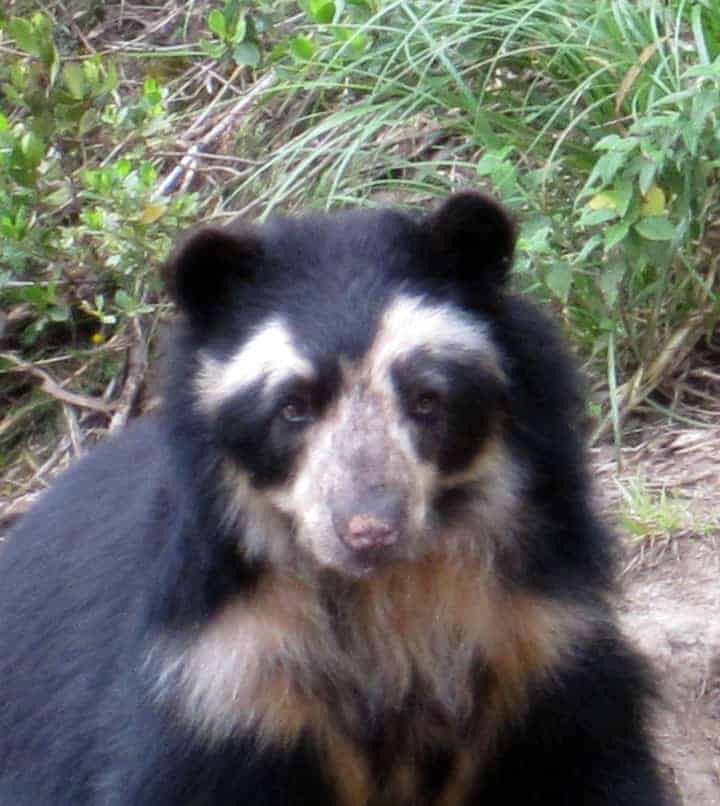
In Cuenca Ecuador, there are not many wild animals or critters. It’s a city high in the Andes mountains. There are tarantulas, birds and some small bugs but nothing “wild.”
In the mountains surrounding Cuenca, there are a few large wild animals, but they are rarely seen.
Andean (or Spectacled) Bear Sightings
Some friends told us that in the Cajas (a natural park on the outskirts of Cuenca) there were sightings of the Andean Bear. It’s very rare to see one in the wild.
Ever since we heard about them I had been wanting to see one. I was so curious to see what they looked like. Needless to say I was excited when we visited the Zoo in Cuenca because they have Andean bears!
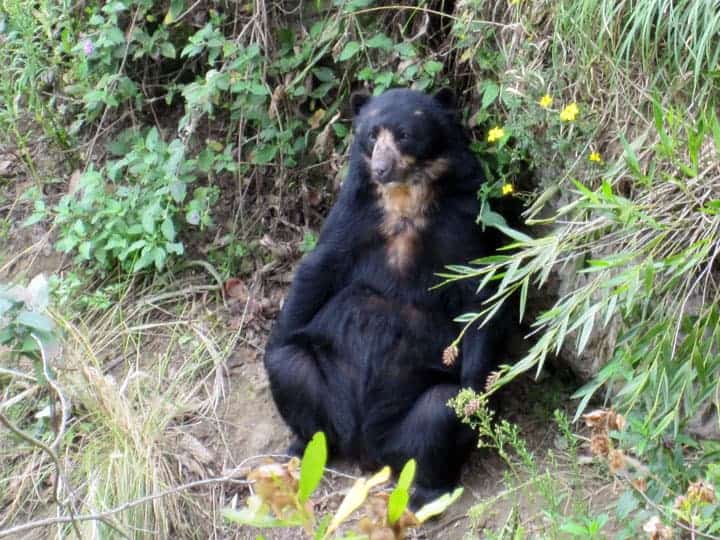
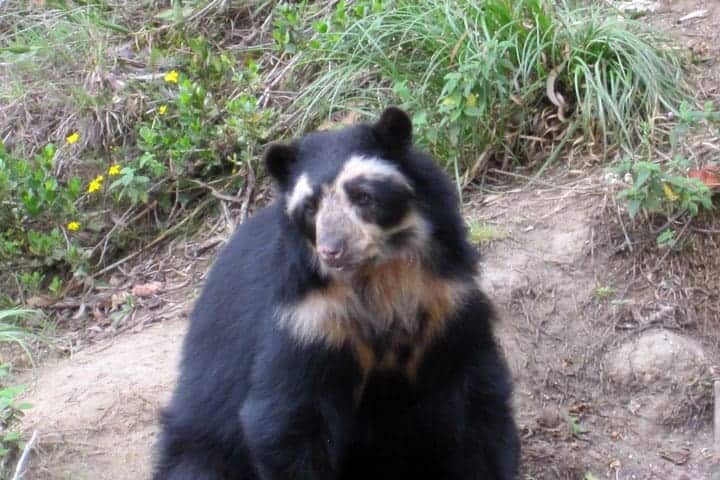
17 Facts About The Andean Bear
The Andean Bear:
- is the largest land carnivore in South America (only 5% of its diet is meat)
- is the last remaining short faced bear
- gets the name spectacled bear because the markings on their face often look like glasses or spectacles
- is the only bear native to South America
- eats mostly fruits, vegetables, grasses, bromeliads, berries, small animals and insects
- was the bear that the beloved Paddington Bear books were based on… “coming from darkest Peru”
- is found almost entirely in the Andes mountains
- is usually dark brown, black or has a reddish hue
- does not always have spectacled markings
- male can weigh over 400 pounds and is larger than the female
- facial markings are different on each bear
- does not hibernate
- is a shy, solitary animal
- makes a platform or nest in trees out of leaves and branches where they often feed and sleep
- will wait days on their platforms for fruit to ripen
- can live up to 40 years in captivity
- are an endangered species in Ecuador
Paddington Bear – A Real Cutie
I was delighted when I read that the sweet little character in the Paddington Bear book series was based on the Andean bear.
When we saw them at the zoo I was very taken at how cute their face looked! They looked timid and shy, like the character of Paddington Bear.

We have heard mention of some other wild animals like mountain lions and deer in the mountains surrounding Cuenca.
We saw a deer, it jumped out and ran in front of our truck while we were driving in the country. I would rather not see a mountain lion in the wild, but I was happy to see one at the zoo. Wild horses are easily spotted around Ecuador.
The Andean bear isn’t the only spectacled animal in Ecuador. The Amazon is also home to spectacled caiman, an averaged size caiman in the alligator family.
Your Turn
During your travels, what interesting wild animals have you seen (in the zoo or running free)? Please share with us by commenting on this post.

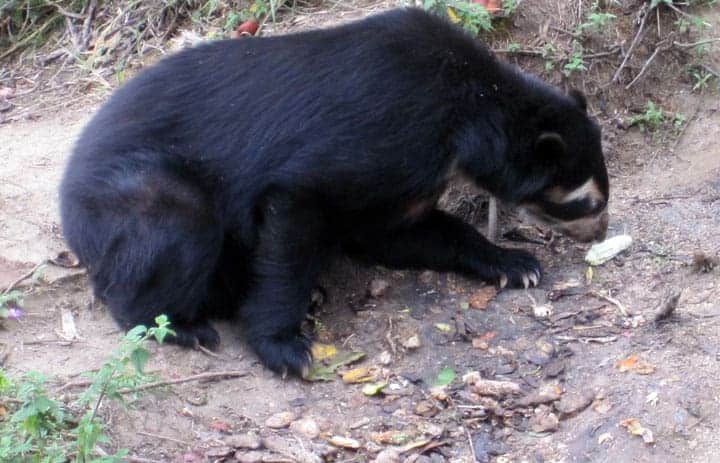
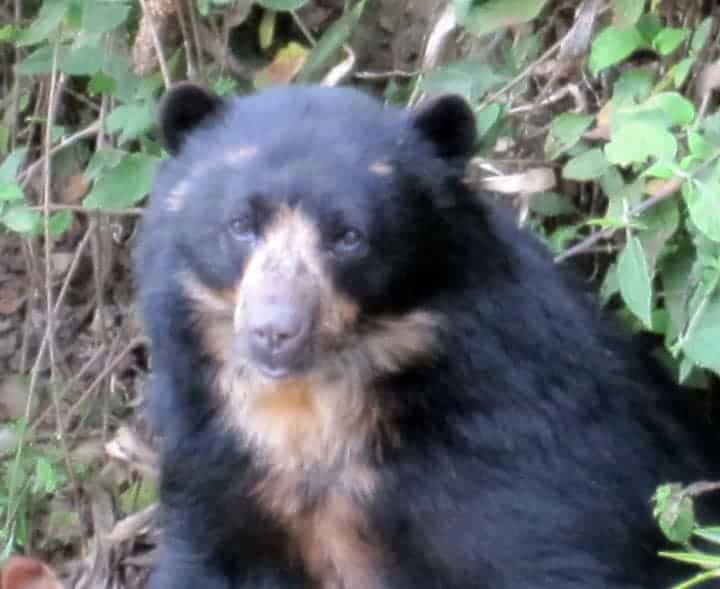
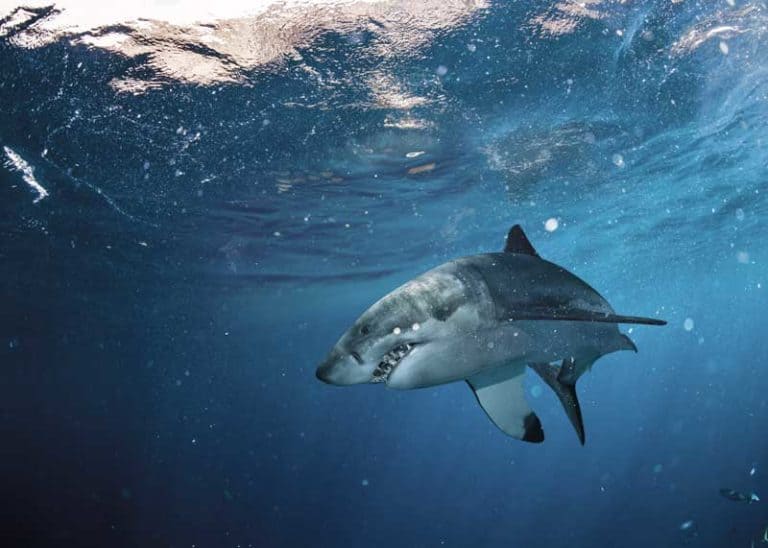
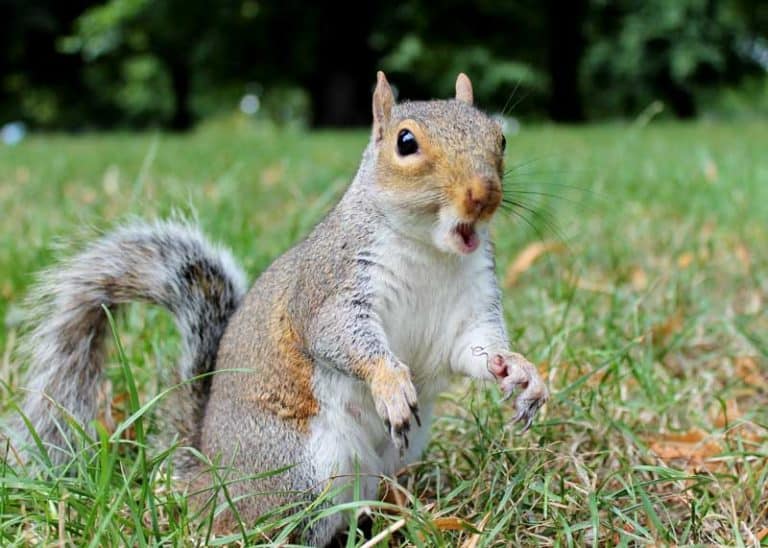
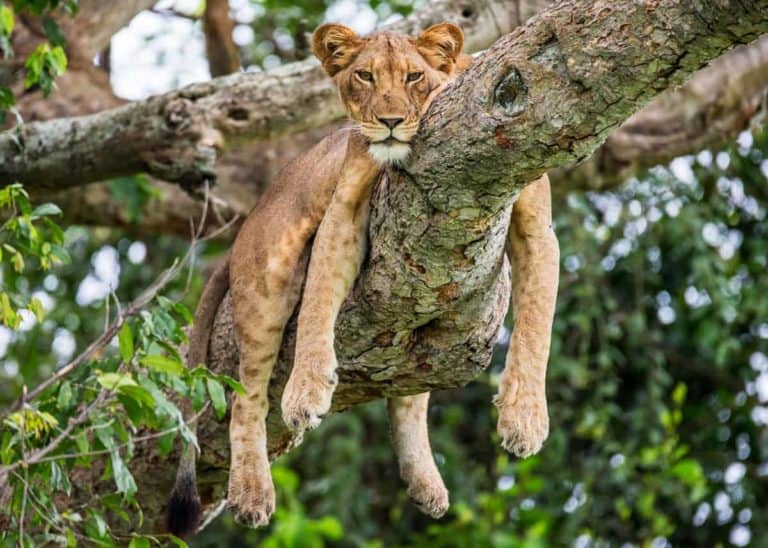

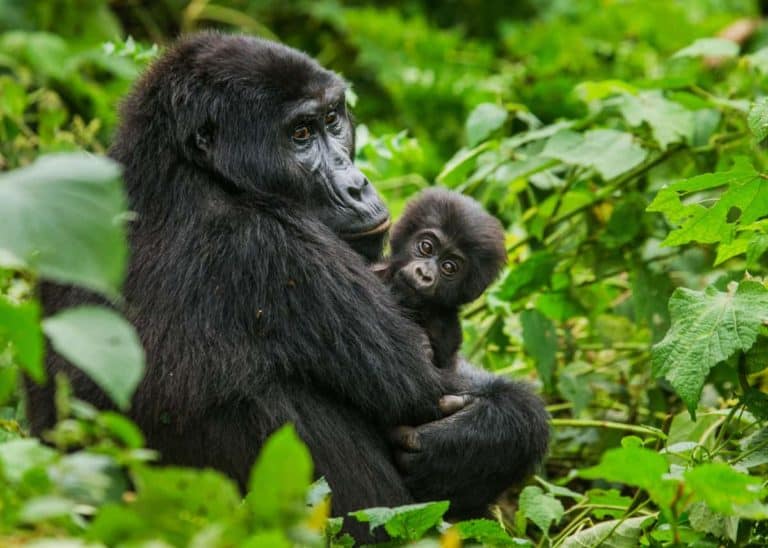
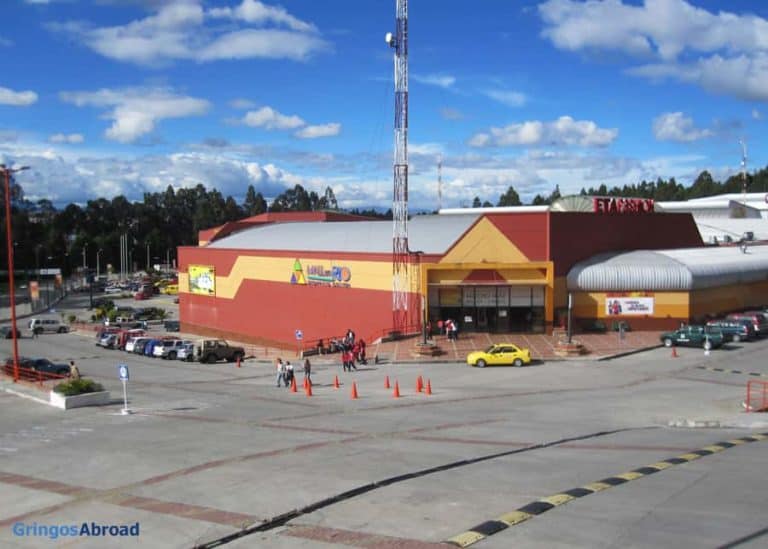
Thanks for this email about the Andean bear. I lived in Quito for almost 4 years and never knew about the Andean bear.
Hello:
It is somewhat of an understatement to describe Ecuador as ecologically diverse…. it is truly MEGA-diverse. Slogging through the jungle near Sumaco NP I found this – not your usual garden style – earthworm.
Saludos,
Stephen
If the Andean Bear’s diet is only 5% meat why do you call it “carnivore” ? Shouldn’ t it herbivore or omnivore?
Good question. It turns out that a carnivore doesn’t have to eat just meat. The term just defines part of its diet. From what I read, it seems the term hypocarnivore (an animal that consumes less then 30% meat for it’s diet) would be more accurate.
Wikipedia describes it this way:
Thanks for your comment!
Totally obsessed with the Andean Bear and I love the fast facts but I’m not sure it looks like Paddington Bear…
I agree, but according to a number of sources the Andean Bear was the inspiration for Paddington. The story says that he came from “Darkest Peru”, where the Spectacled / Andean bear is also found.